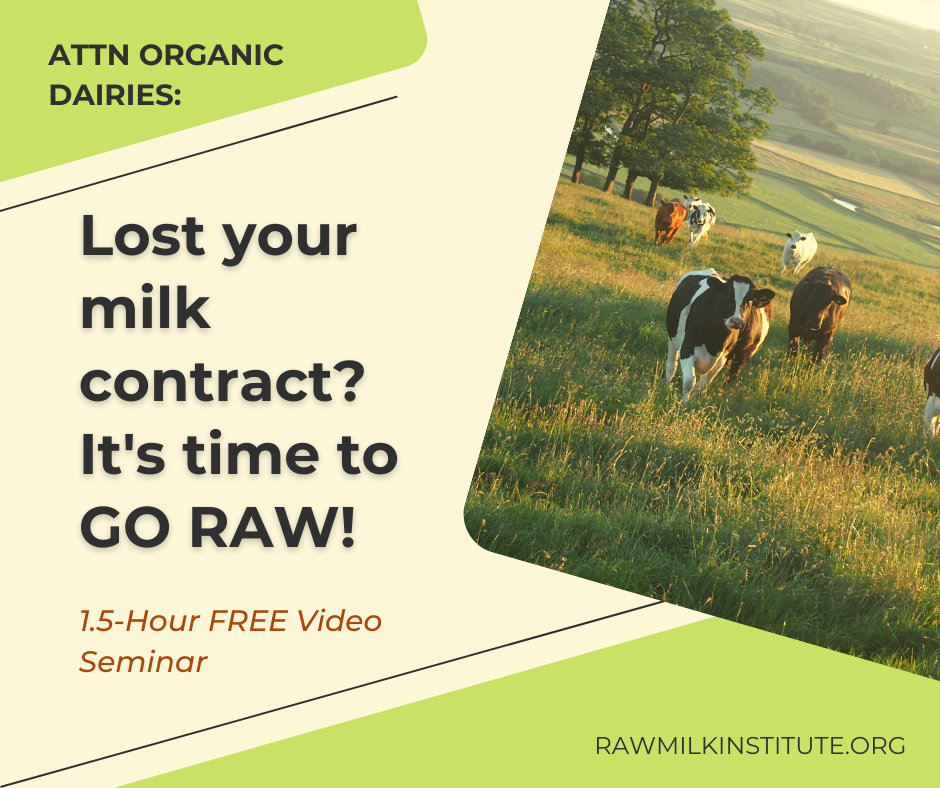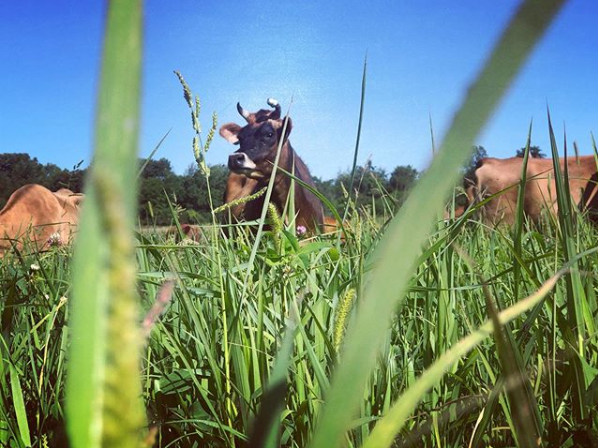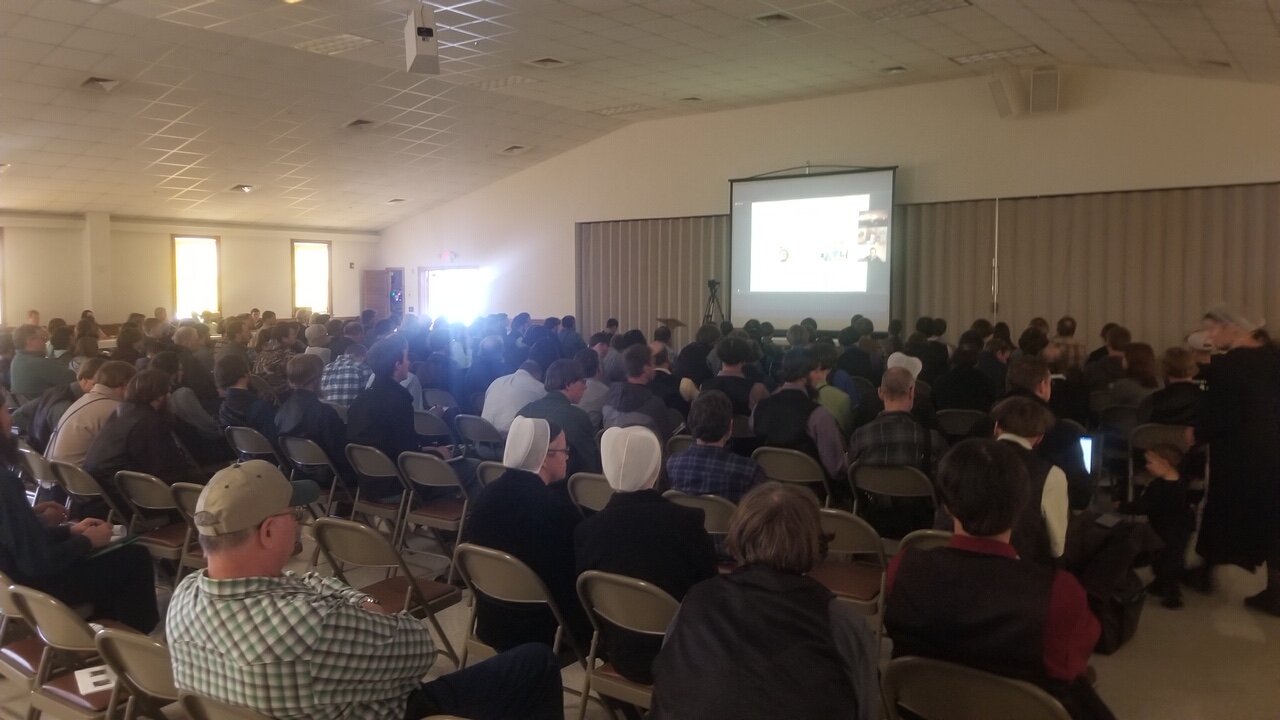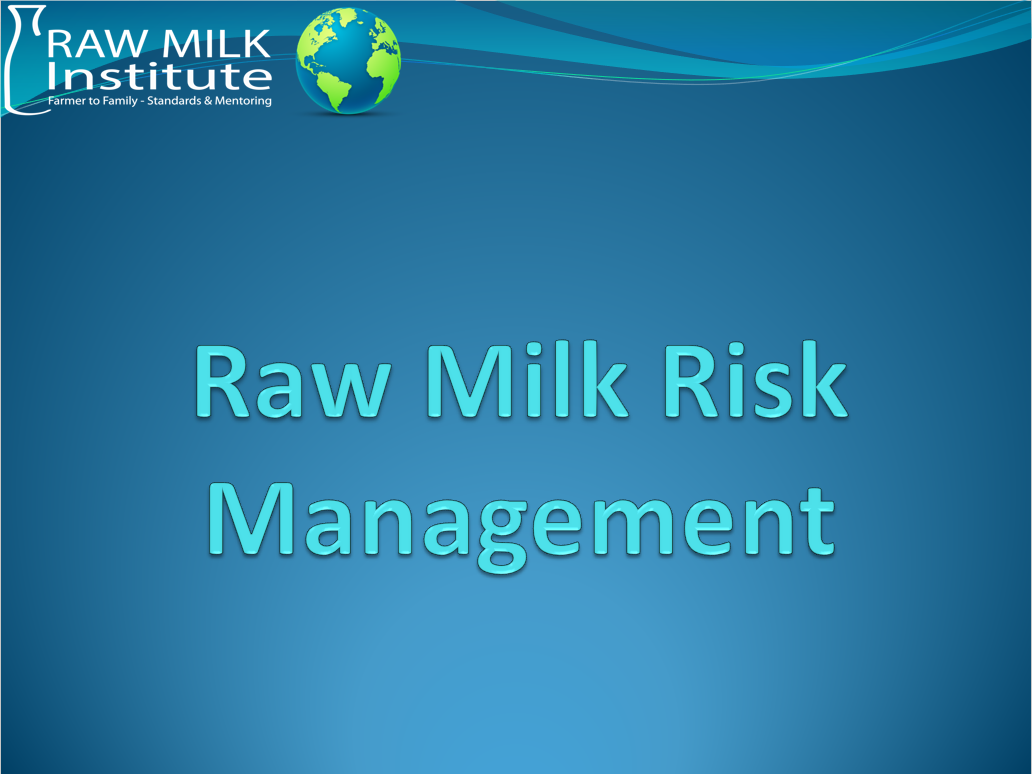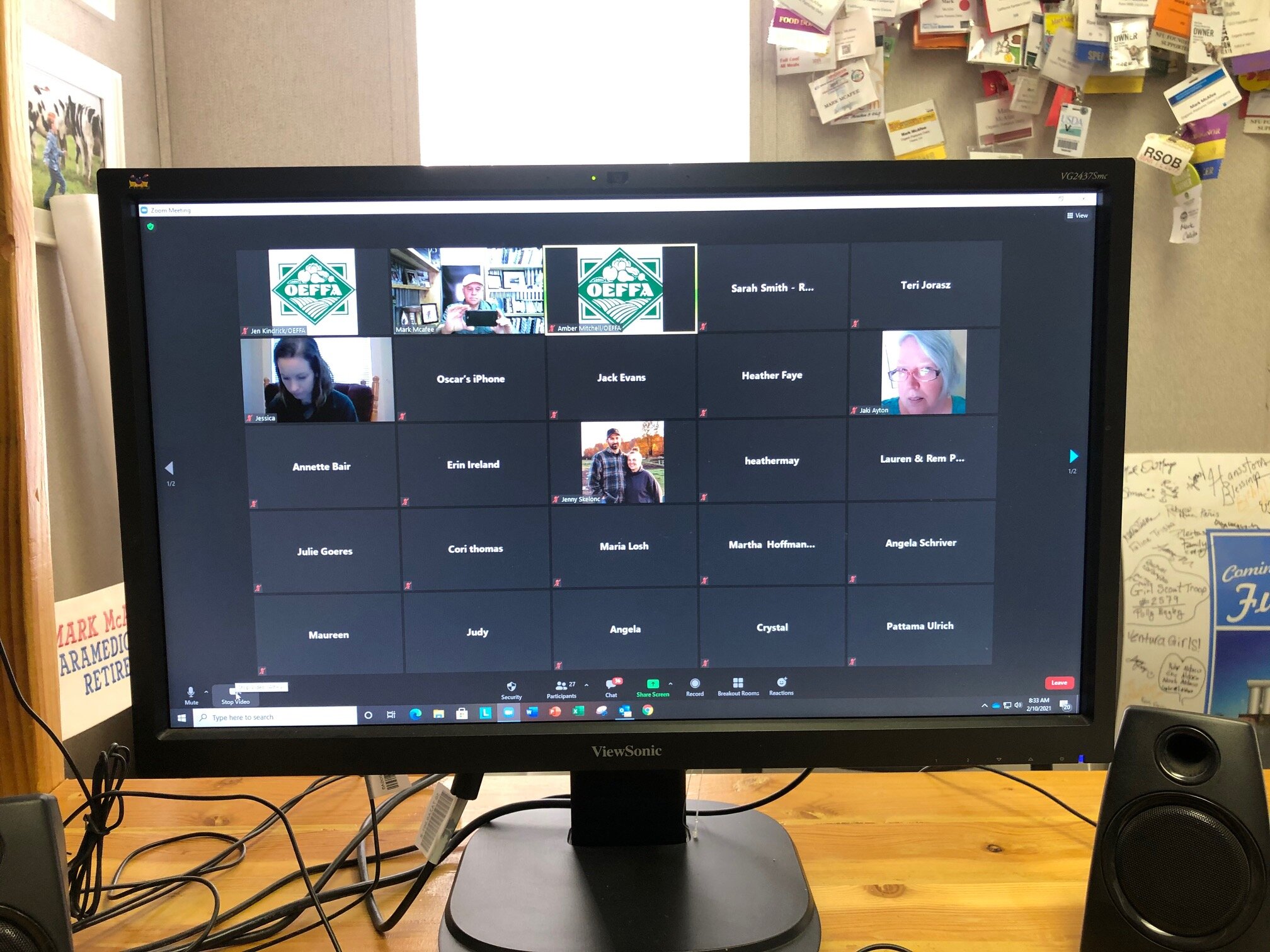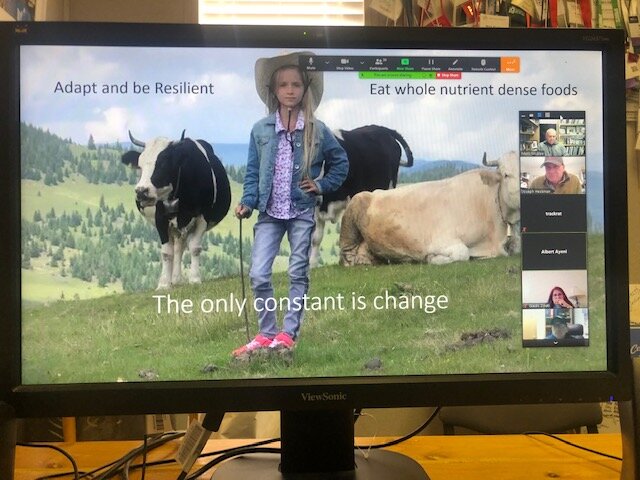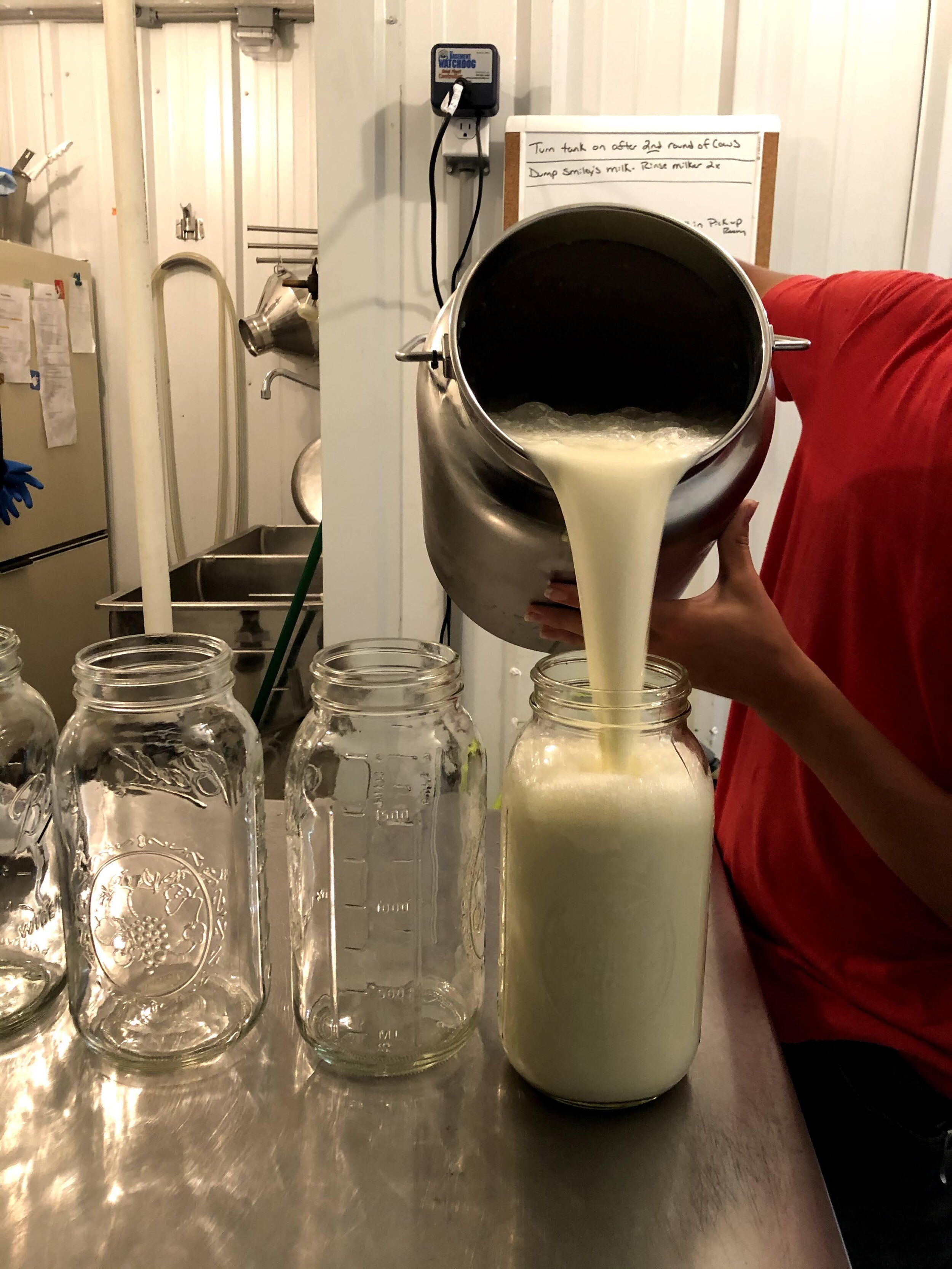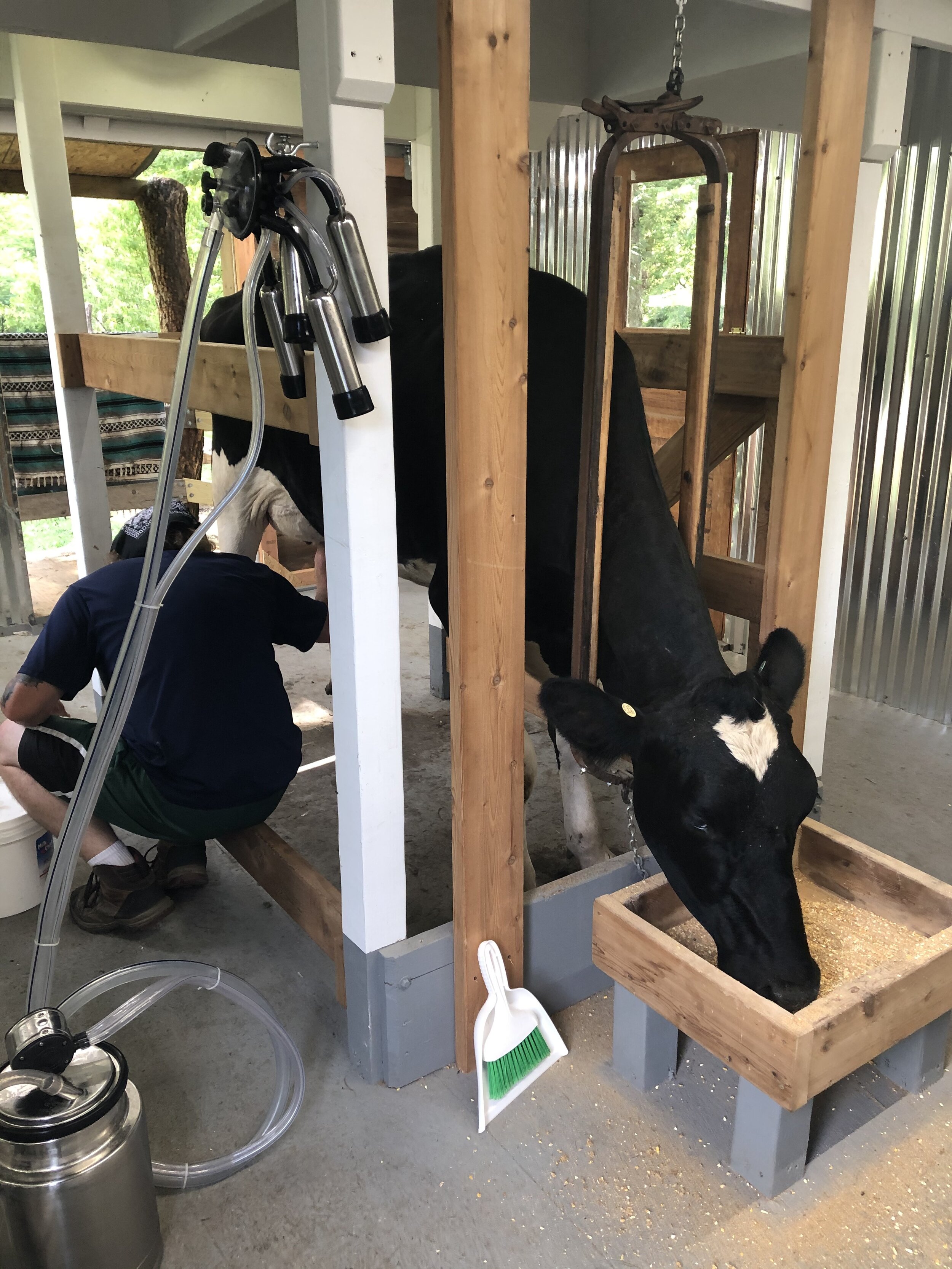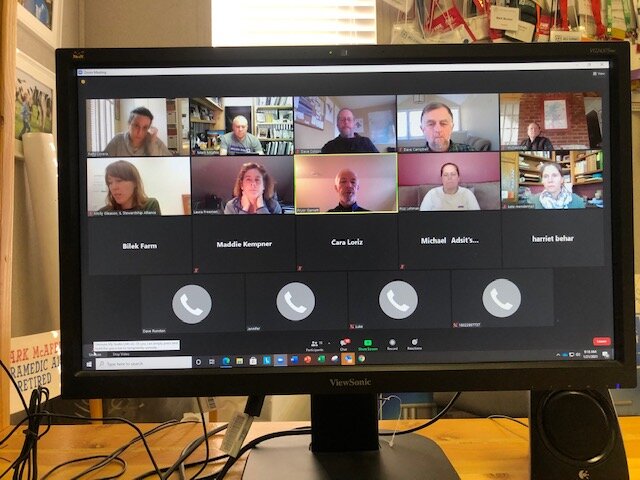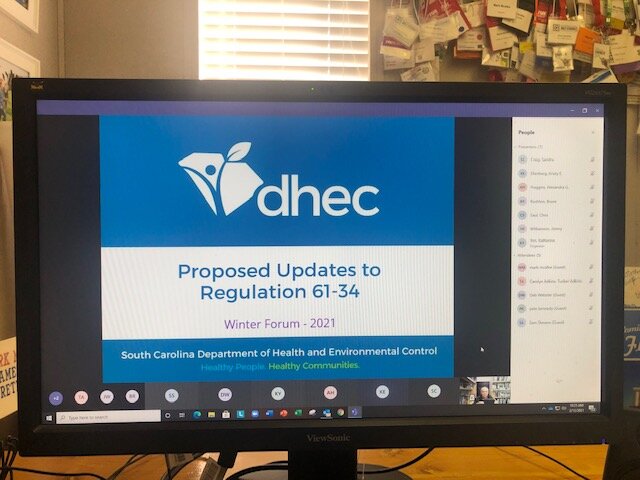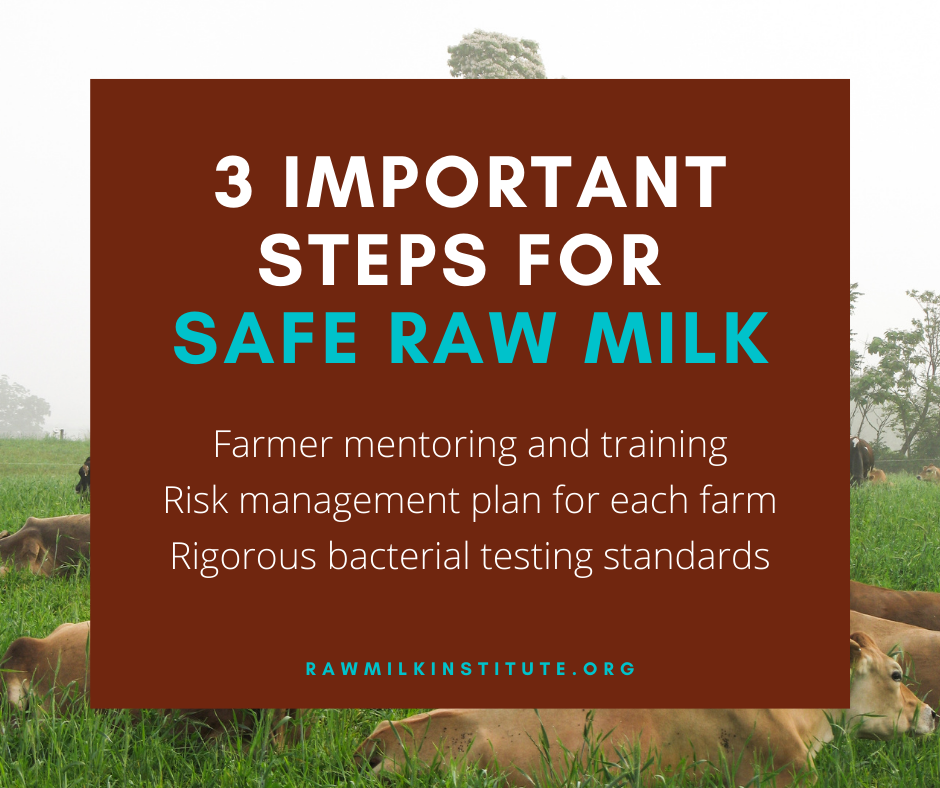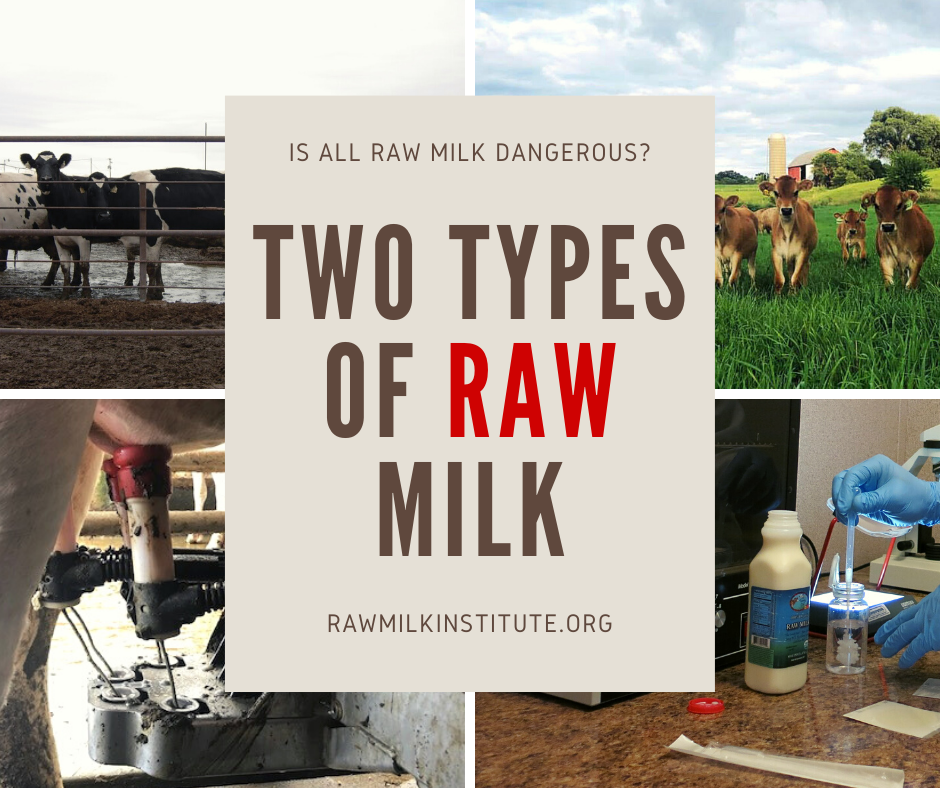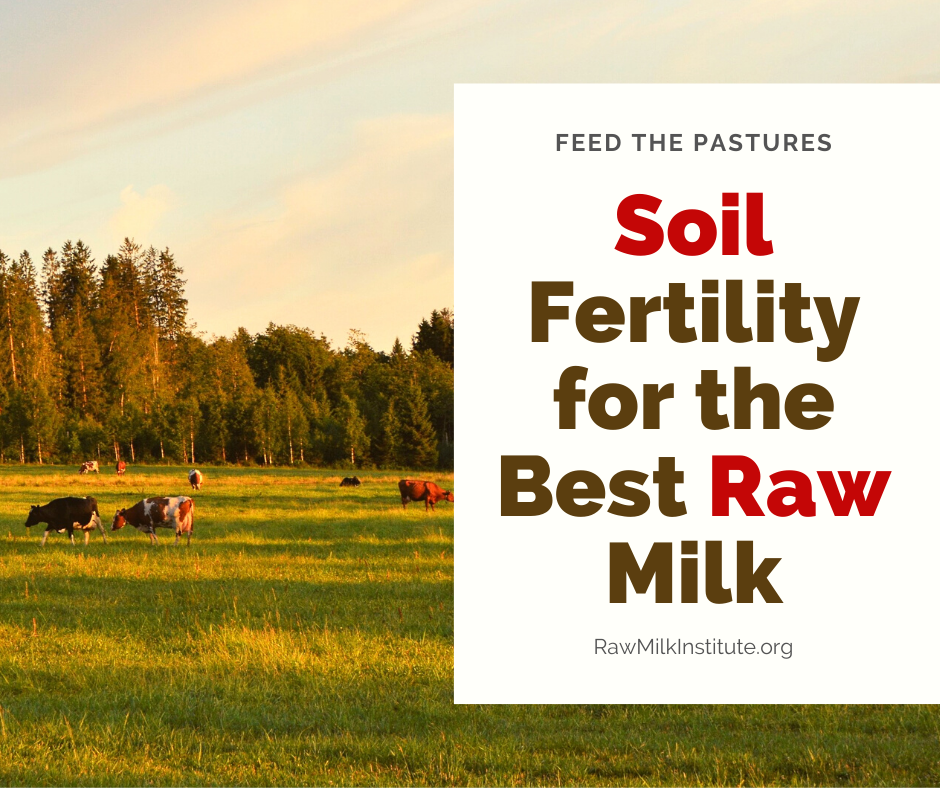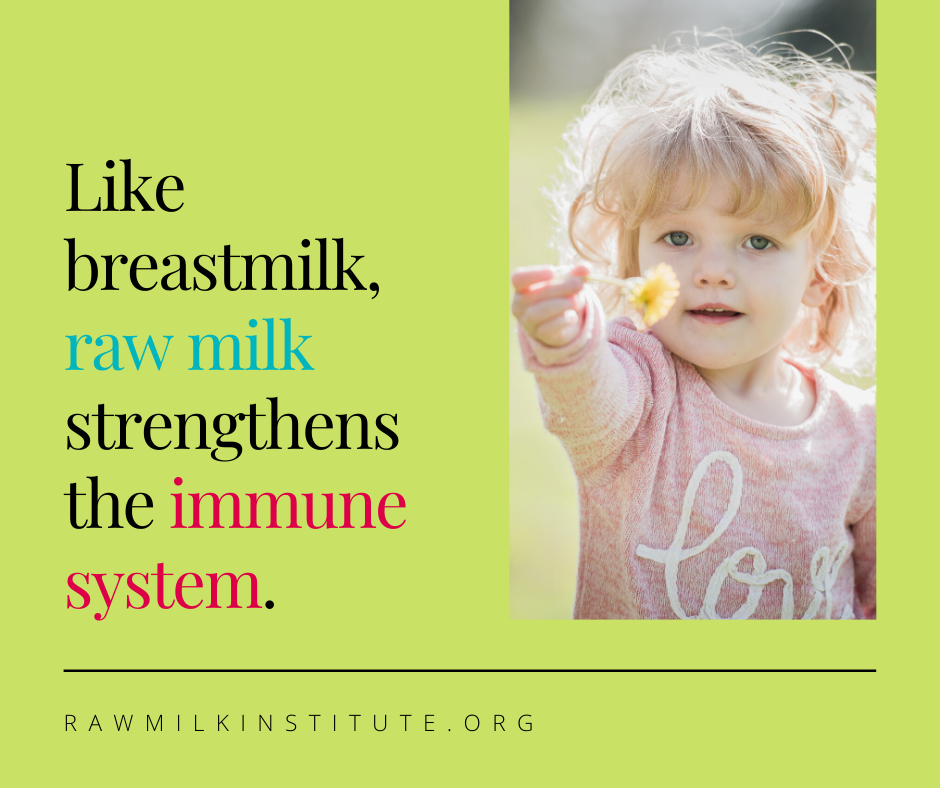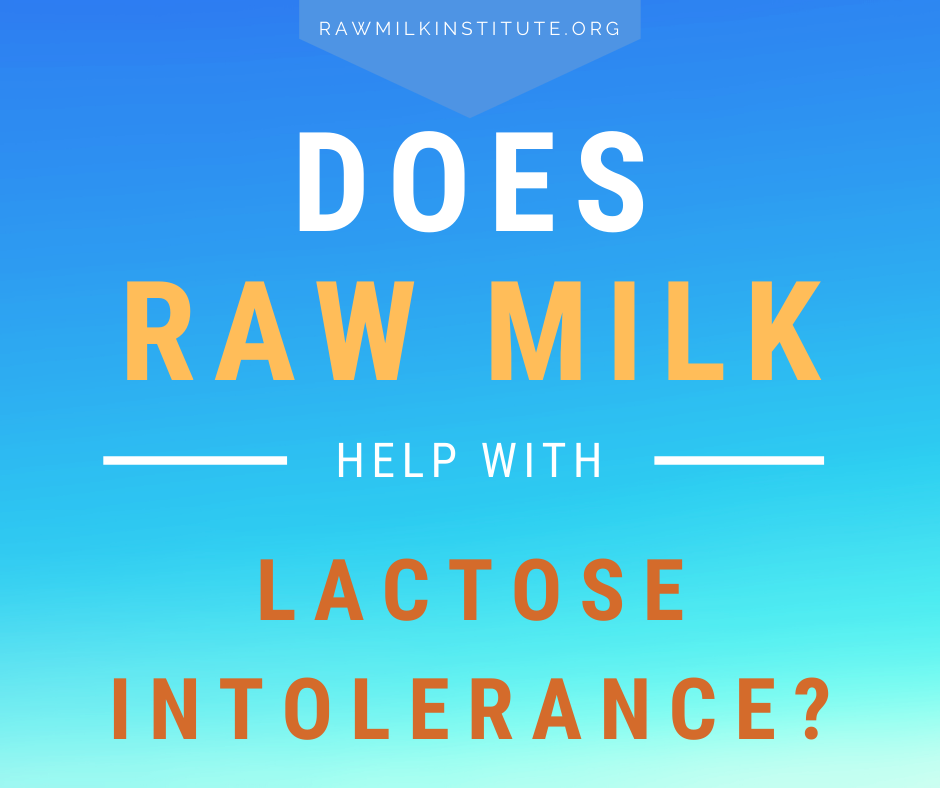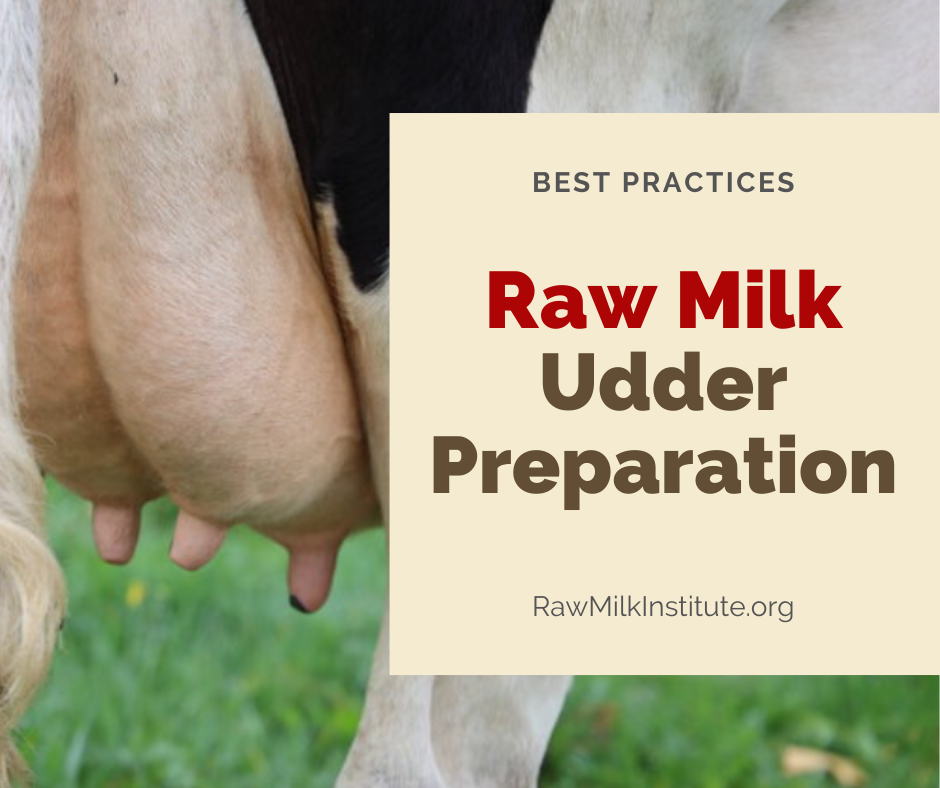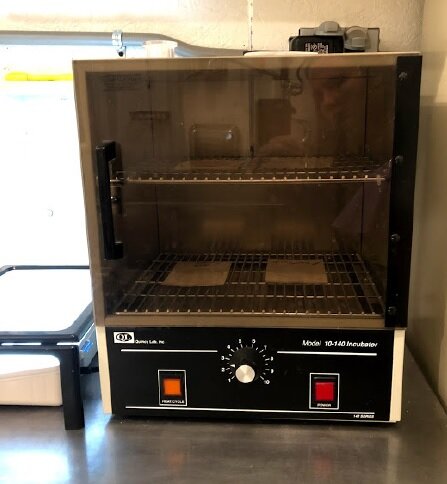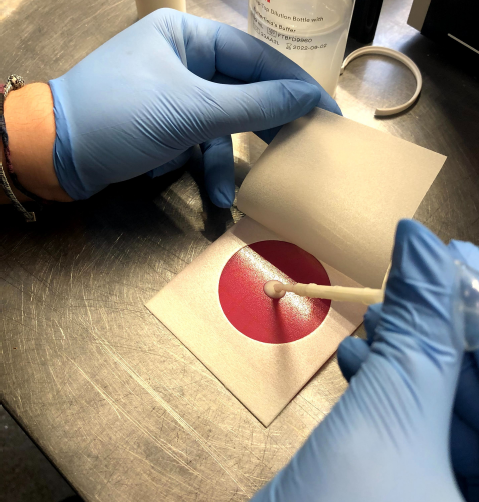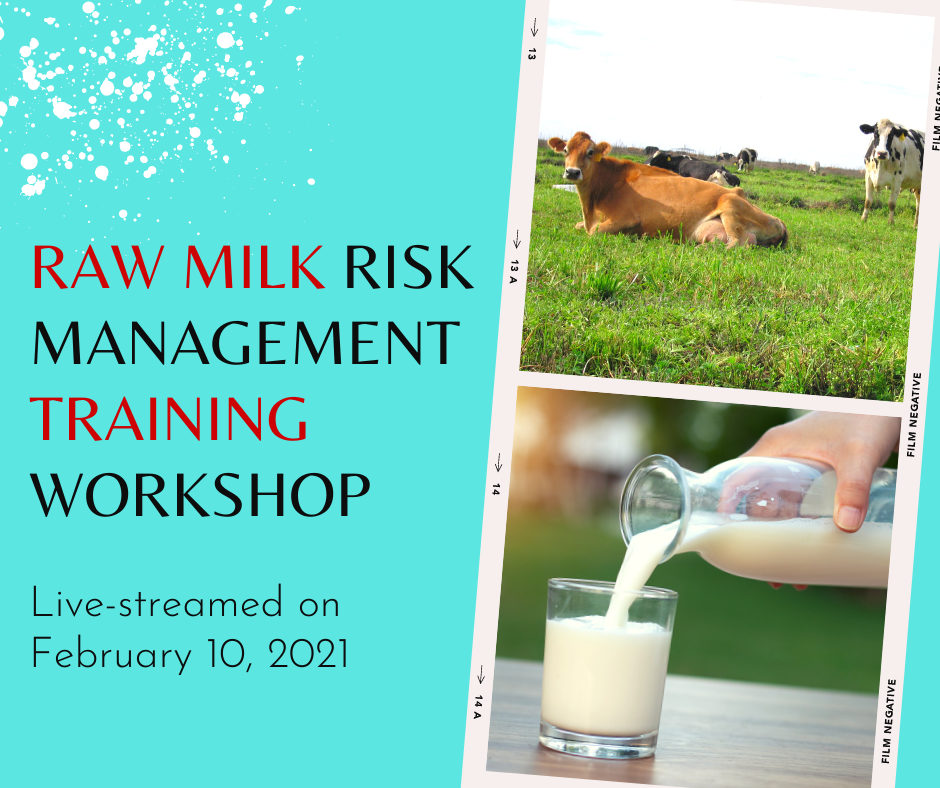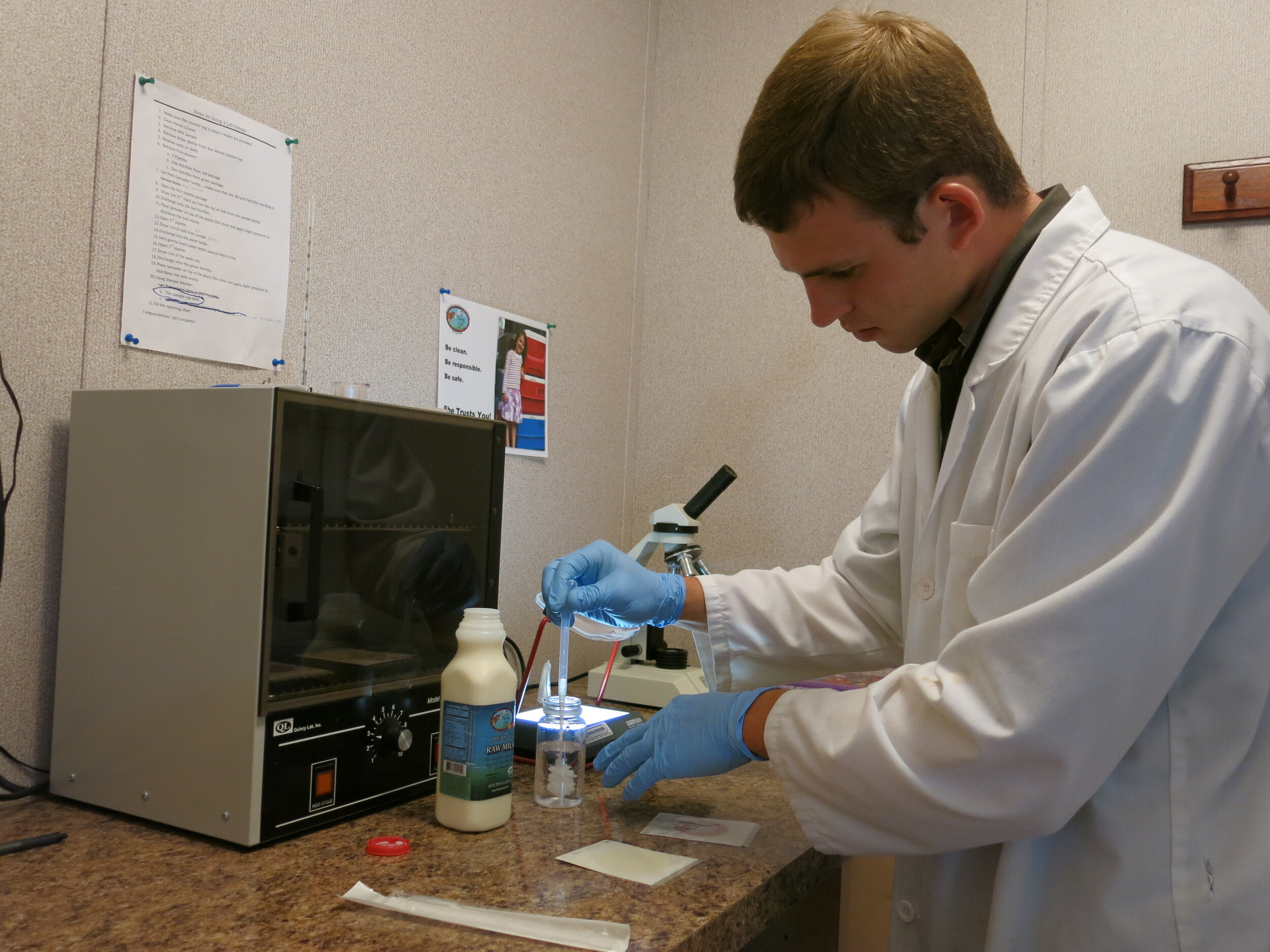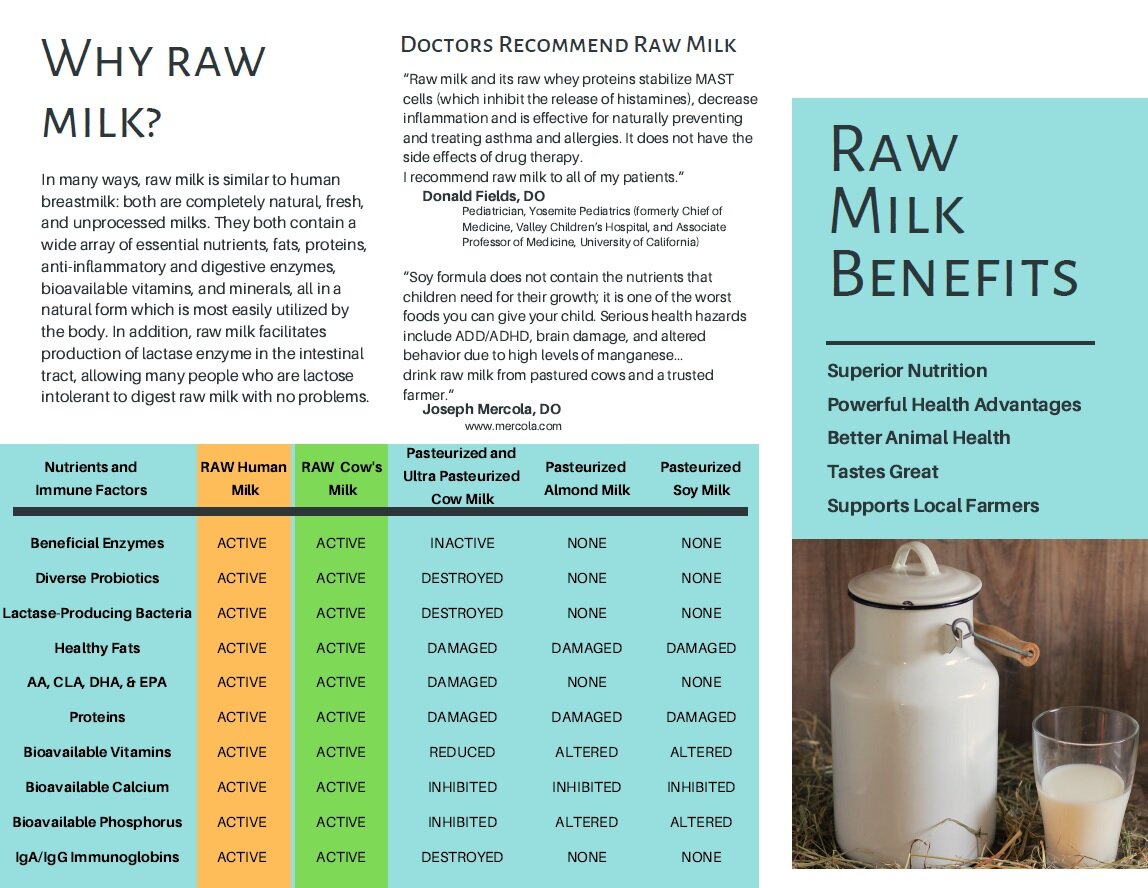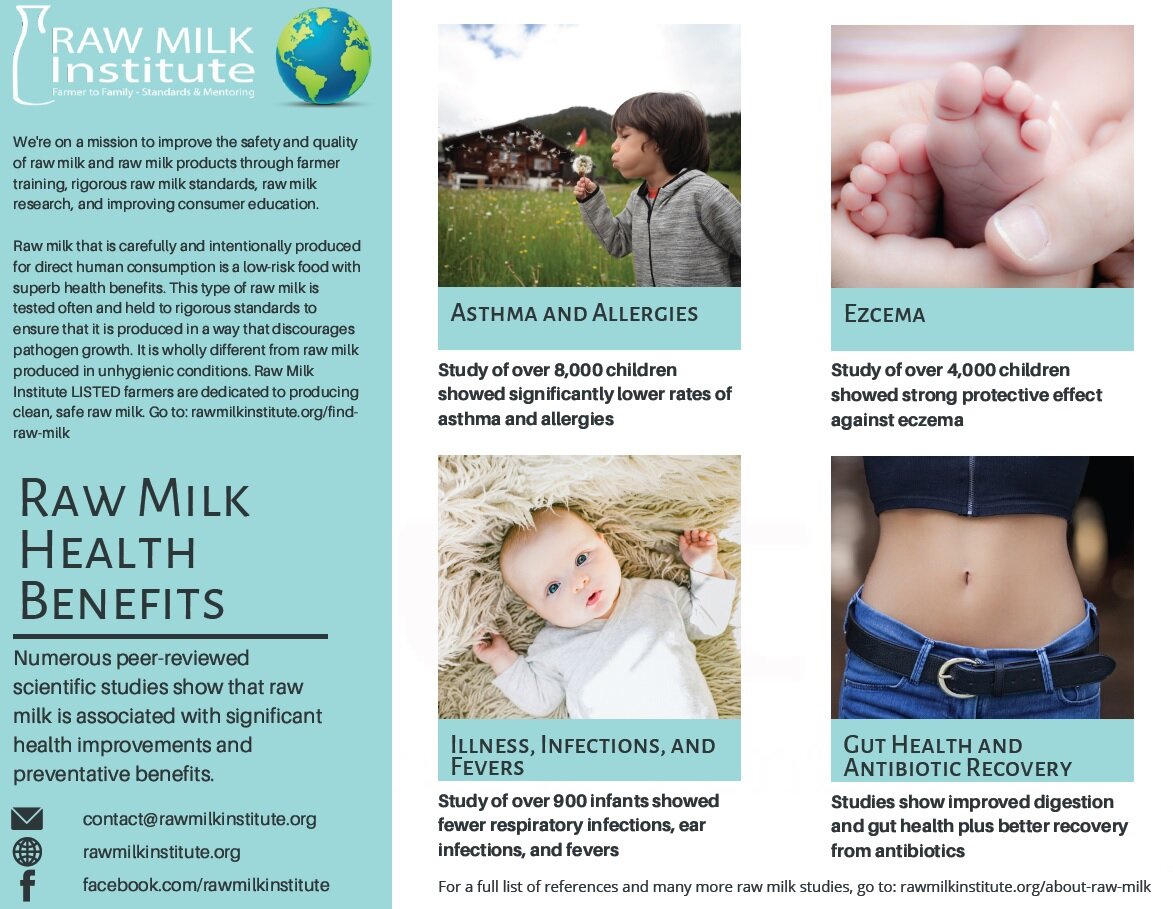Raw Milk Institute Method for Safe Raw Milk
The Raw Milk Institute was founded in 2011 to advance the cause of safe raw milk. The numerous health benefits of raw milk make it an essential food, which is too important to be allowed to be systematically suppressed by regulators and government agencies. RAWMI sought to better understand the important factors in ensuring that raw milk was safe to consume.
In 2011-12, RAWMI brought together a diverse international group with the purpose of establishing standards for safe raw milk. This group included medical doctors and epidemiologists, nutritional consultants, veterinarians, food safety scientists, raw milk farmers, and raw milk consumers. This collaborative group developed the Raw Milk Institute Common Standards, which were initially released in 2012.
The RAWMI Common Standards describe a three-pronged approach for the production of safe raw milk which consists of:
Farmer training and mentoring
Risk Analysis and Management Plan (RAMP) for the unique conditions on each individual farm
Stringent yet achievable bacterial test standards for coliforms and Standard Plate Count (SPC)
The Common Standards Work!
Since their release in 2012, the RAWMI Common Standards have become a foundational part of low-risk raw milk production across North America. When farmers are well-trained, use careful production practices as laid out in their individual RAMP, and perform ongoing bacterial testing of their milk, they can produce raw milk that is ultra-low-risk.
Researchers from Canada and Europe have studied the safety of raw milk intended for direct human consumption, and have specifically considered milk from farms who implement the RAWMI Common Standards. They have found that carefully produced raw milk is a low-risk food which is fundamentally different from pre-pasteurized milk. The implementation of the RAWMI Common Standards has led to a significant reduction in raw milk-related illnesses and outbreaks.
The table below contrasts pathogen test data from pre-pasteurized milk vs. raw milk intended for direct human consumption. As illustrated in the table, pathogen testing of pre-pasteurized milk samples has detected pathogens in up to 33% of samples. In contrast, there were zero pathogens detected in thousands of milk samples from raw milk intended for direct human consumption. It is clear from this test data that pre-pasteurized milk is categorically different from raw milk intended for direct human consumption.



